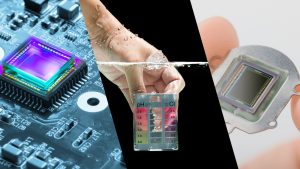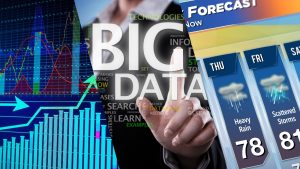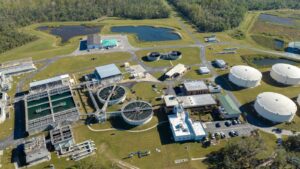Common terminology that any asset manager would be aware of in this day, and age would be the Industrial Society of Automation (ISA), the Internet of Things (IoT), and the Computerised Maintenance Management Management System (CMMS). While these terms are often regarded as solutions to many of the challenges asset managers face, some are yet to integrate them into their operations. This could be due to the lack of understanding of the complimentary role each of them plays in daily functions. This blog article will explain each of the three concepts.
What is ISA 95, and How is it Relevant to Assets?
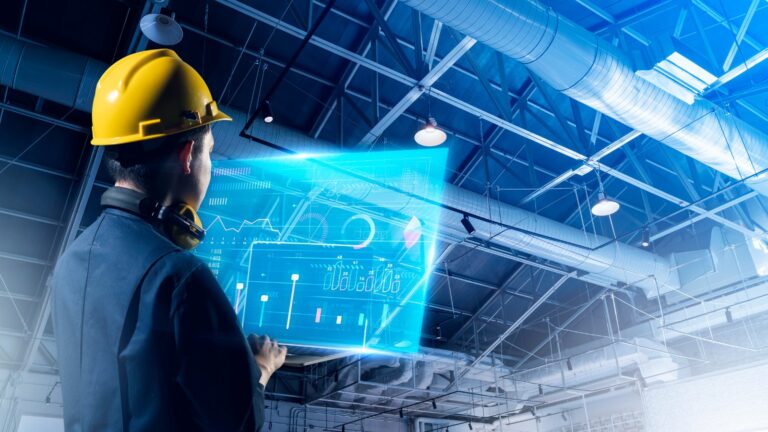
In 2023, there will be a range of new technologies used by manufacturers and asset managers. While the many tools industry 4.0 technologies offer have made it easier for asset managers to streamline operations, they require a framework that allows them to communicate accurately. This is where the ISA 95 framework comes into play.
An important standard ISA, a body that establishes global standards in the industrial world, is ISA-95. This was introduced as an alternative to ISA 88, which, although it dealt with integration, did not consider modern technologies like IoT. ISA-95 is commonly referred to as Enterprise-Control System integration. Hence, as indicated by its name, this standard looks at integrating enterprise and control systems. It defines the interface between control and enterprise functions based on the Purdue Reference Model for CIM, which allows communication between various levels of an enterprise. Some also refer to this standard through the terms ANSI/ISA-95 and IEC 62264.
The underlying aim of the standard is to reduce the risk, cost and errors of implementing interfaces which would lead to data being exchanged in a robust, safe and cost-effective manner. The standard also provides consistent terminology to make it easier for the supplier and manufacturer to communicate and create a platform for consistent information and operation models. Today, ISA 95 is a standard applied in all industries and can flexibly be applied to different types of processes, whether batch, continuous or repetitive. This standard is noted to be immune to technological updates and will remain to be timeless despite any technological developments at each level.
There are five levels in the ISA 95 framework, from zero to four. The first three levels, zero to two, deal with manufacturing and information about materials, personnel and equipment. In this sense, level zero focuses on defining the actual physical production process that degenerates the data required to automate the system, while level one deals with using sensors on the factory floor to collect data and transmit it to a controller or subsystem, and level two supervises and regulates the manufacturing environment ensuring all assets are functioning safety. Level three focuses on manufacturing operations, and level four refers to business planning and logistics decisions.
Asset managers need to be aware of this because leveraging this standard would mean they can improve the overall quality of their assets and provide access to data only to authorised personnel. This, in turn, provides hidden insights and increases visibility.
Where Does IoT Fit In This Framework?
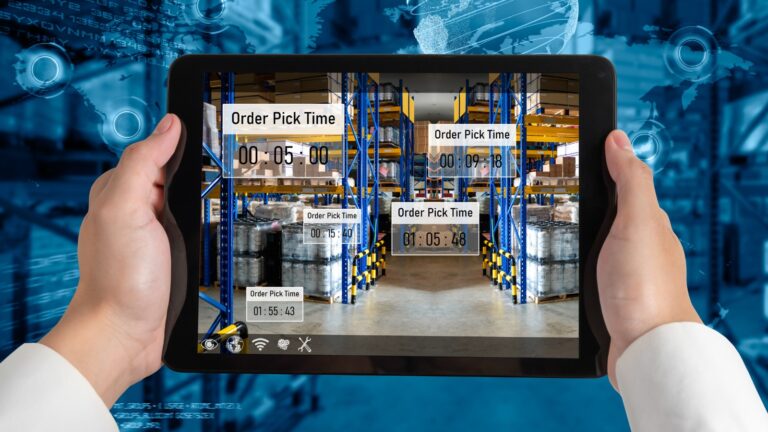
IoT plays an integral role within the framework explained above. As the number of digital devices is only getting bigger, IoT ends up being the core technological tool that holds it all together. While technically, it has a role in each level, IoT is mostly used from level zero to three. Specifically in level one, IoT sensors are adopted to collect information and transmit it.
IoT refers to different forms of interconnected sensors and devices integrated within one network. When it is applied to the industrial world, it is known as Industrial IoT (IIoT). The IoT sensors could be temperature-based or vibration based. These small, cost-effective tools can handle and produce enormous amounts of information whilst being a great asset for remote accessibility. They are commonly adopted in asset-centric industries to automate the process of routine checks of assets allowing companies to maximise their productivity. In other words, IoT sensors will monitor the health condition of the asset in real-time, allowing asset managers to schedule maintenance on time whilst preventing downtimes from occurring. As a result, IoT is essential for preventive maintenance. The technology also contributes to business activities such as asset utilisation, sales demands and other aspects covered in level four. It does this by specifically analysing the data collected, leading to hidden insights on changing consumer markets and trends to be identified.
CMMS Brings It All to a Reality
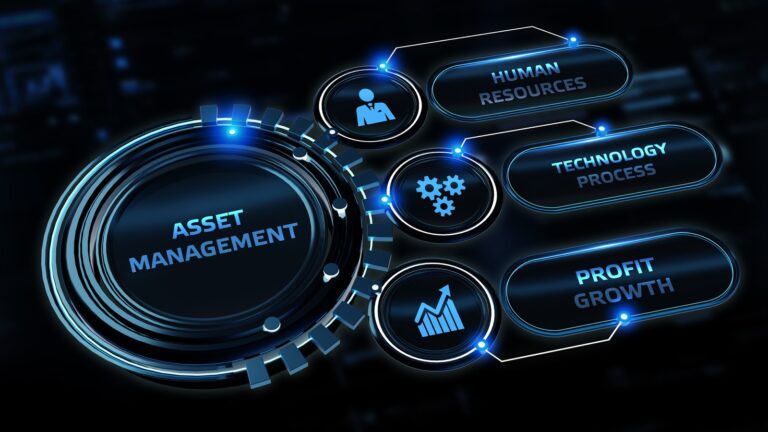
A CMMS refers to a solution that has both of the above capabilities. Through this system, the framework is executed and IoT is integrated. This is, in fact, the recommended way of adopting the framework, as it is the most cheapest and easiest to implement. The software specifically becomes relevant within the framework in levels three and four. Consequently, with one digitalised screen, asset managers can stay up-to-date on all assets under their responsibility, be notified when it needs maintenance and take preventive measures to eliminate it. Hence, asset-centric companies can significantly improve their productivity, and keep their expenses and waste to a minimum.
A CMMS is the greatest tool an asset manager can have as the life cycle of assets can be strengthened and increased. By guaranteeing asset uptime, asset managers can seamlessly fulfil orders and meet customer demands on time. Hence, CMMS provides asset managers reliability through its data-driven insights. It also becomes a flexible system that can be integrated with other industries’ 4.0 technologies and systems adopted in an asset-centric company.
Three Mandatory Concepts Asset Managers Should Be Aware Of
The top three mandatory concepts any asset manager should know and have in their handbook are ISA 95, IoT and CMMS. Without a thorough knowledge of these, asset managers would not even think of adopting these solutions into their operations. They would let alone not understand how they can best use the framework, IoT and CMMS with little to no knowledge. Hence, imparting this knowledge to asset managers today is critical. In a world with multiple digital devices, there is a need for a standard in place that all industries must follow. The ISA 95 provides this, while IoT assists its function. The CMMS or any asset management solution implements this and makes it a reality.

